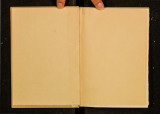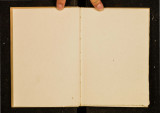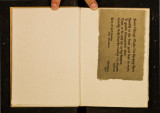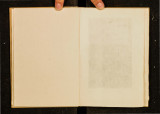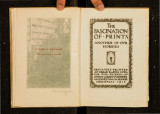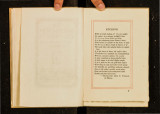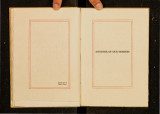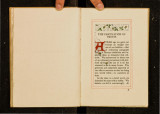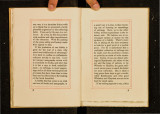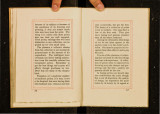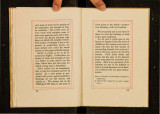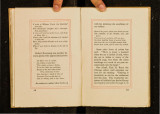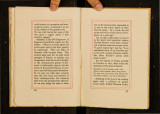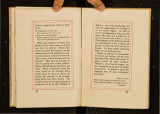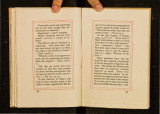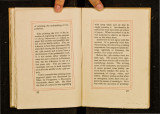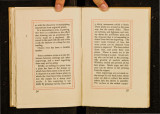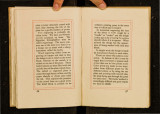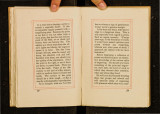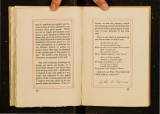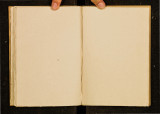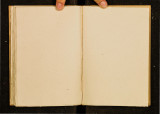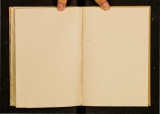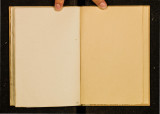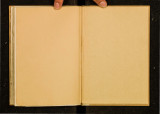| OCR Text |
Show It is well before buying a print to consult a reputable dealer. If_ this is impossible supply yourself Wlt~ a magnifying glass. Examine the pnnt to see that it was not taken from a worn plate, that the fine and delicate parts of the flesh, as on cheek and bosom, have not become flat. The subject as a whole must keep the relative lights and shades the engr~ver meant it to have. The fine hnes, though delicate, must be sound and sharp, the shadows rich and full. Satisfied with these, one should test the quality of the impression .. Hold the print to the light, to see 1f there are holes, or pasted back. Then test it by the touch. Paper of the 18th century is soft and of silky texture, while in modern times it is hard and harsh. The surface of the print should be a little rough- if flat it maybe a'photographic reprodu_ction. As to margins, wide are desHable 28 but not always a sign of genuineness. It may not be a genuine margin. It has been said that a little knowledge is a dangerous thing. This is true especially with regard to prints. Said an expert recently: "Twenty years ago, in the buoyancy of youth, I would have passed opinions upon prints without any misg1vmgs, whereas now, after years of study, I approach the subject with far more hesitation." Before beginning a collection of prints one should acquire an elementary knowledge of the various styles of engraving. He should next learn something of the principal engravers, their style, the kind of work to which they devoted their attention when and where they lived. ' He will soon find himself dividing these into groups and schools and will associate styles of engraving with places at which they were most- 29 |



